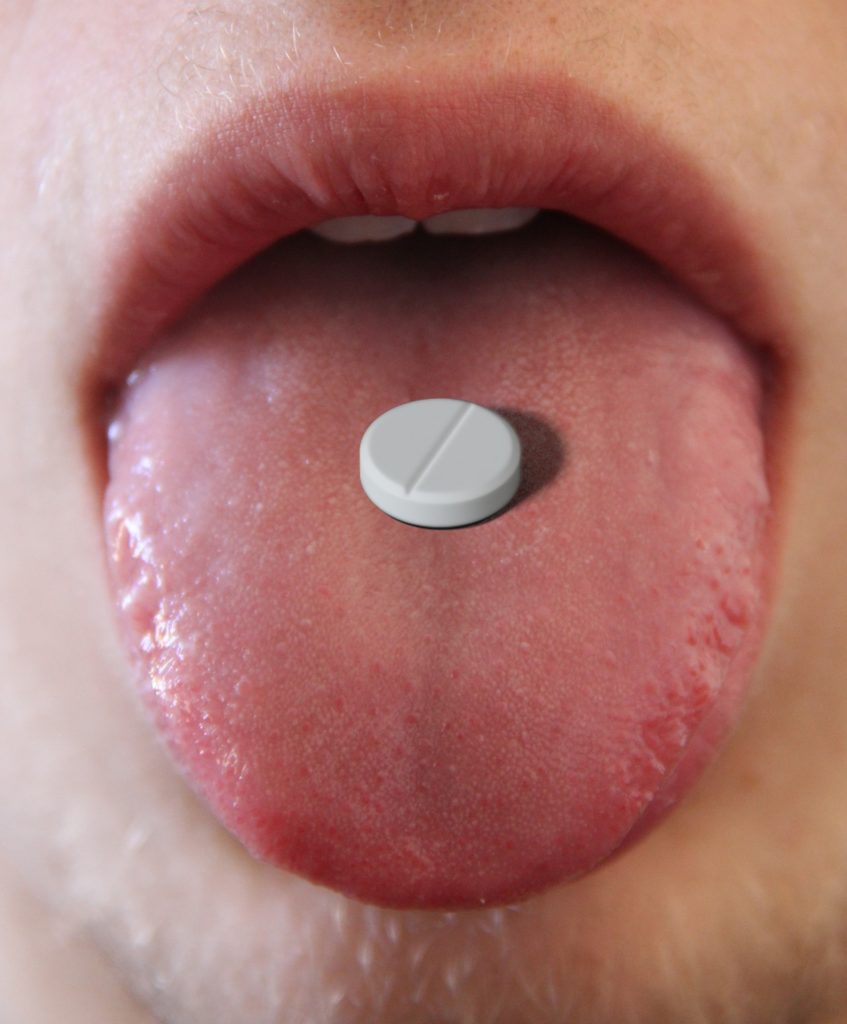
An epidemiological study of more than 70,000 children in six European cohorts has linked symptoms of attention-deficit/hyperactivity disorder (ADHD) and autism spectrum conditions (ASC) to the mothers’ use of paracetamol (acetaminophen) during pregnancy. The study, published in the European Journal of Epidemiology, was led by the Barcelona Institute for Global Health (ISGlobal), a centre supported by the “la Caixa” Foundation.
In total, the researchers analysed 73,881 children for whom data were available on prenatal or postnatal exposure to paracetamol, at least one symptom of ASC or ADHD, and main covariates. Depending on the cohort, 14% to 56% of the mothers reported taking paracetamol while pregnant.
The study found that children exposed to paracetamol before birth were 19% more likely to develop ASC symptoms and 21% more likely to develop ADHD symptoms than children who were not exposed.
“Our findings are consistent with previous research,” explained ISGlobal researcher Sílvia Alemany, lead author of the study. “We also found that prenatal exposure to paracetamol affects boys and girls in a similar way, as we observed practically no differences.”
“Our results address some of the weaknesses of previous meta-analyses,” commented Jordi Sunyer, researcher at ISGlobal and last author of the study. “Considering all the evidence on the use of paracetamol and neurological development, we agree with previous recommendations indicating that while paracetamol should not be suppressed in pregnant women or children, it should be used only when necessary.”
At some point during pregnancy, an estimated 46%-56% of pregnant women in developed countries use paracetamol, which is considered the safest analgesic/antipyretic for pregnant women and children. However, mounting evidence has linked prenatal paracetamol exposure to poorer cognitive performance, more behavioural problems, and ASC and ADHD symptoms.
Those previous studies have been criticised for their heterogeneity. In the new study, therefore, “an effort was made to harmonise the assessment of ADHD and ASC symptoms and the definition of paracetamol exposure,” explained Alemany. “The sample is large,” she added, “and it includes cohorts from multiple European countries: the United Kingdom, Denmark, the Netherlands, Italy, Greece and Spain. We also used the same criteria for all of the cohorts, thereby reducing the heterogeneity of criteria that has hampered previous studies.”
The study also analysed postnatal exposure to paracetamol and found no association between paracetamol use during childhood and ASC symptoms. Nevertheless, the research team concluded that further studies are needed, given the heterogeneity of postnatal paracetamol exposure among the various cohorts, which ranged from 6% to 92.8%.
The six cohorts included the study were as follows:



